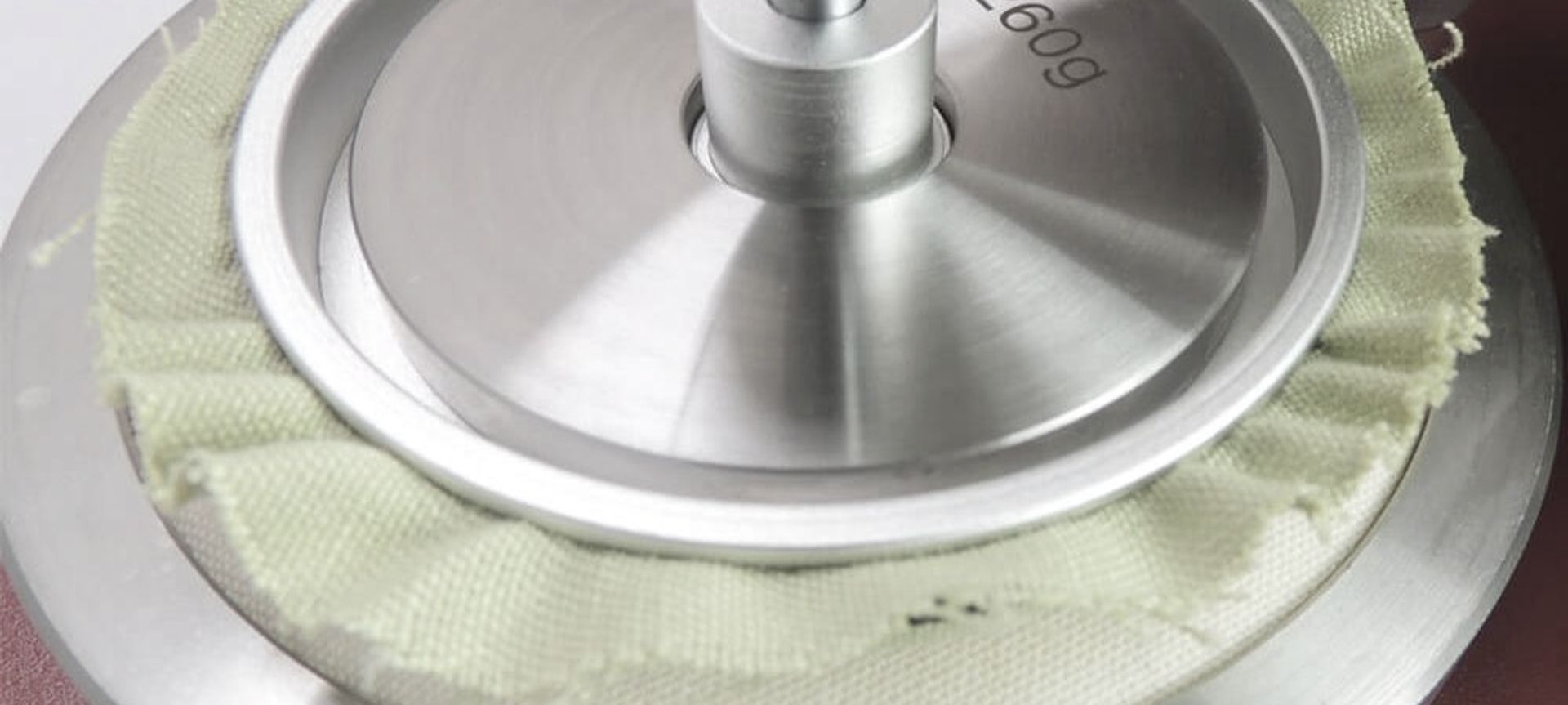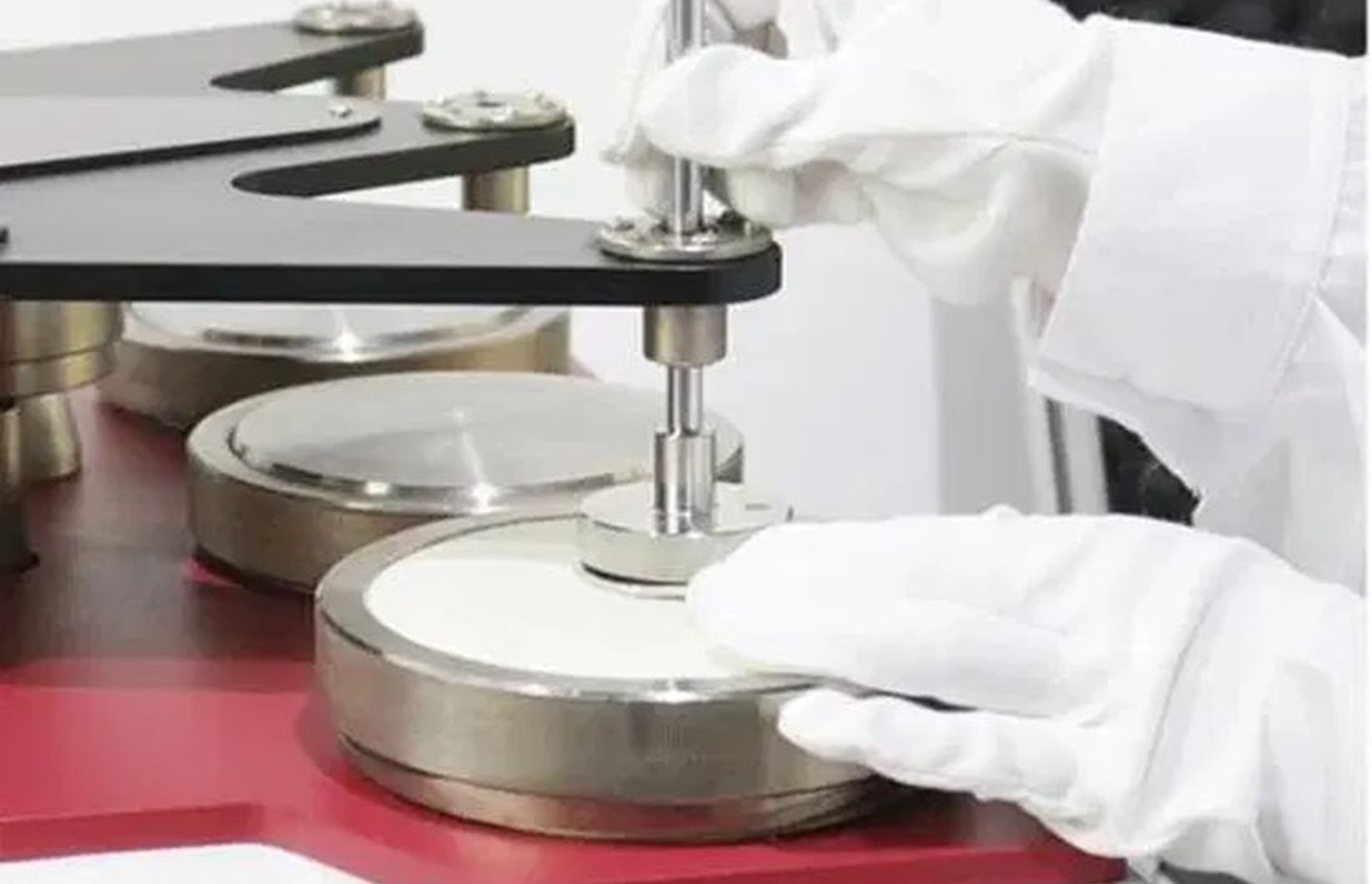Unraveling textile testing - Pilling

Test results provide us with critical information about a textile’s durability and suitability for certain applications. We externally test all James Dunlop and Mokum textiles in Melbourne at a highly reputable laboratory who are amongst the most conservative and stringent in the world, due to the extremely harsh environmental conditions we face here in Australia and New Zealand.
We have gathered a number of frequently asked questions relating to pilling and we asked our Mokum studio designers Stephanie Moffitt and Annie Moir to share their expert knowledge.
CAN YOU EXPLAIN WHAT PILLING MEANS IN RELATION TO UPHOLSTERY USE?
Simply put, pilling is the formation of small fluffy balls of fibre on a fabrics surface. As a fabric is subjected to daily wear and abrasion, loose fibres can become entangled to form “pills” on the surface.
CAN YOU EXPLAIN HOW THE PILLING TEST IS PERFORMED?
A pilling test will measure and determine how resistant fabrics are to pilling or fuzzing.
It’s the same machine as the Martindale abrasion test but instead of the test fabric being rubbed against a standard abradant, the test fabric is rubbed against another piece of the same fabric. The swatches are rubbed together in a figure 8 motion for a number of cycles after which their surface appearance gets compared to a series of standardised images to determine the test result. The result is measured against a scale of 1-5; one representing severe pilling; five representing no pilling. A higher number indicates better resistance against pilling.

WHAT ARE THE MOST COMMON CAUSES OF PILLING?
Pilling is usually not the result of a defective fabric, it is often related to an external fibre source coming into contact with the fabric in combination with other variables such as atmospheric conditions, clothing and the care and maintenance the fabric has been receiving. If for example, you have a light beige sofa, and your pills are a different colour it’s quite telling that it’s coming from another source, perhaps a throw blanket or scatter cushion.
Another cause can be the absence of an internal cushion or upholstery lining. The use of a barrier coth or lining prevents tetron, or a similar cushion filling, migrating through the fabric and creating a fibre source for pilling to occur.
IS IT SAFE TO ASSUME THAT ALL FABRICS WILL PILL?
It is common for upholstery textiles to pill, it’s like an initial shedding. Generally pilling will occur after initial usage, within the first 4-6 months and can be successfully removed on site with a quality lint shaver. Reoccurrence of pilling after trimming or shaving is unlikely, but if it does reoccur it will likely be to a much lesser extent and is likely to gradually subside over time.

DOES COMPOSITION IMPACT ON THE LIKELIHOOD THAT A FABRIC WILL PILL?
Yes it can, an example being woolen textiles. Pilling is a natural stage for most wools. This is a completely normal process and should be considered an inherent characteristic of this natural fibre, not deemed to be a fabric fault. In the same way that new wool carpets will likely shed and fluff, necessitating more frequent vacuuming, the pills on your woolen upholstery can be carefully removed with a de-piller and will not affect the performance of the cloth. If you have ever owned a new wool jumper, you will have experienced this! When it comes to pilling and wool, it’s a conversation that needs to be addressed confidently, wool is a fantastic textile – it’s malleable, it’s inherently stain resistant, fire retardant, temperature regulating, it has wonderful acoustic properties but it is more prone to pilling. Regular and appropriate care and maintenance needs to be performed, in a commercial setting regular vaccuming and de-pilling of woolen soft furnishings should be part of the regular maintenance schedule, just as carpets need to be vacuumed!
DO YOU HAVE ANY ADVICE AS TO AVOIDING, OR MANAGING PILLING?
All fabrics used for interior soft furnishings require regular care and maintenance – don’t install and ignore. When it comes to upholstery textiles regular light vacuuming is really important to remove dust and dirt which can become embedded in the weave and can act as a damaging abradant, being a contributing factor of pilling! This also refreshes the fabric, keeping it looking and feeling its best.
For more on Pilling please refer to another article on this topic here.
